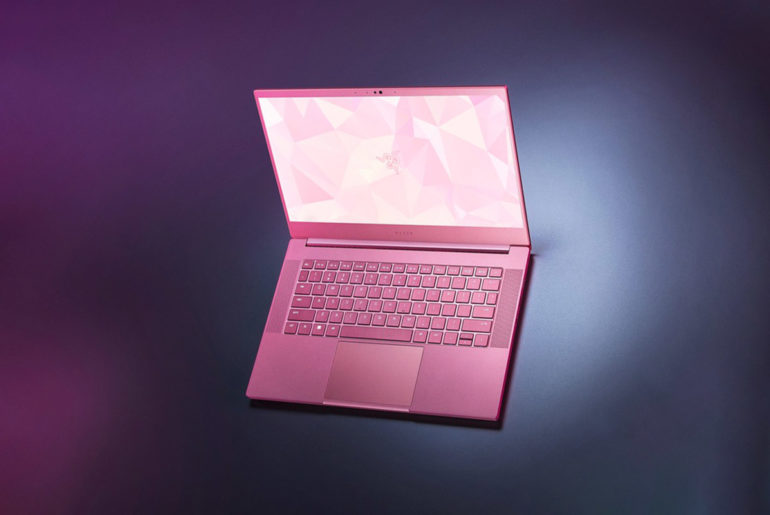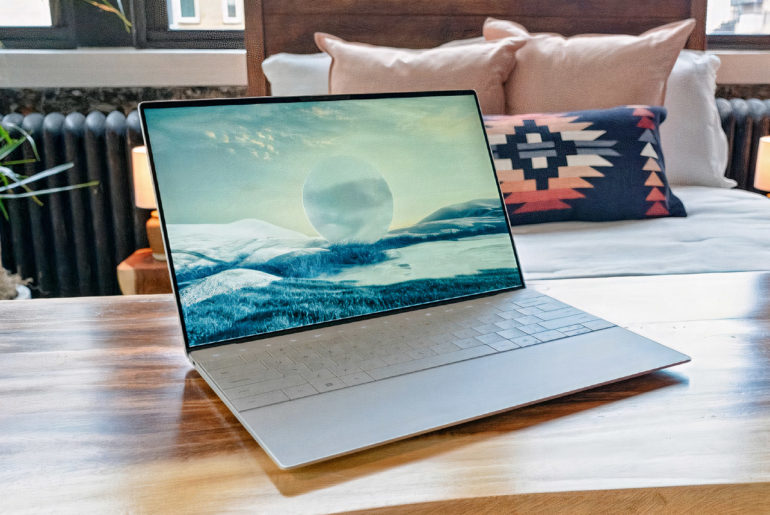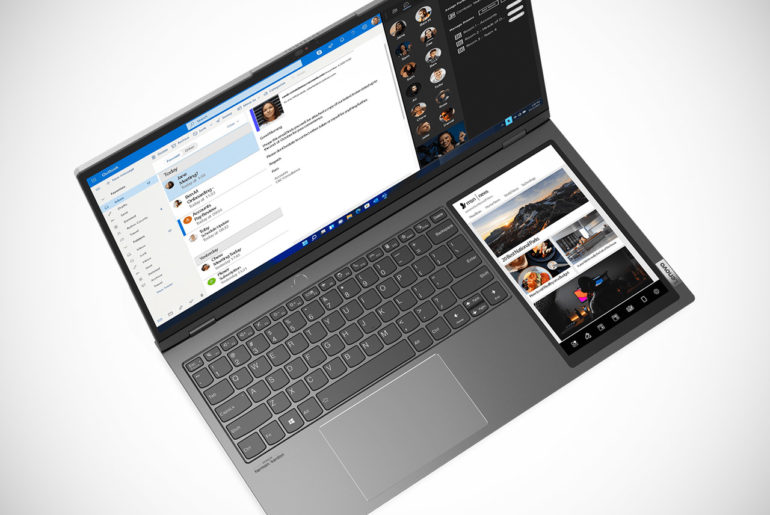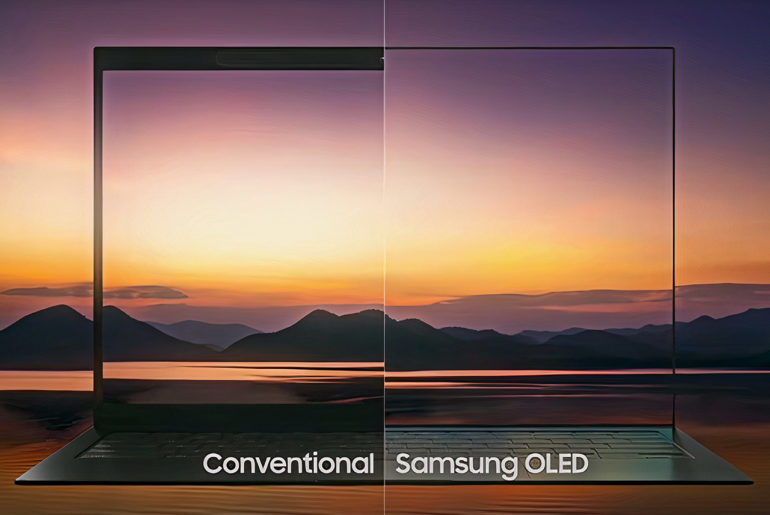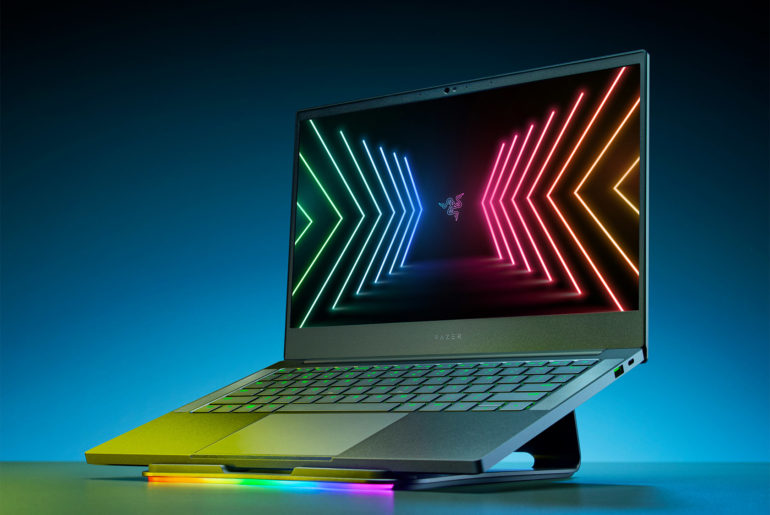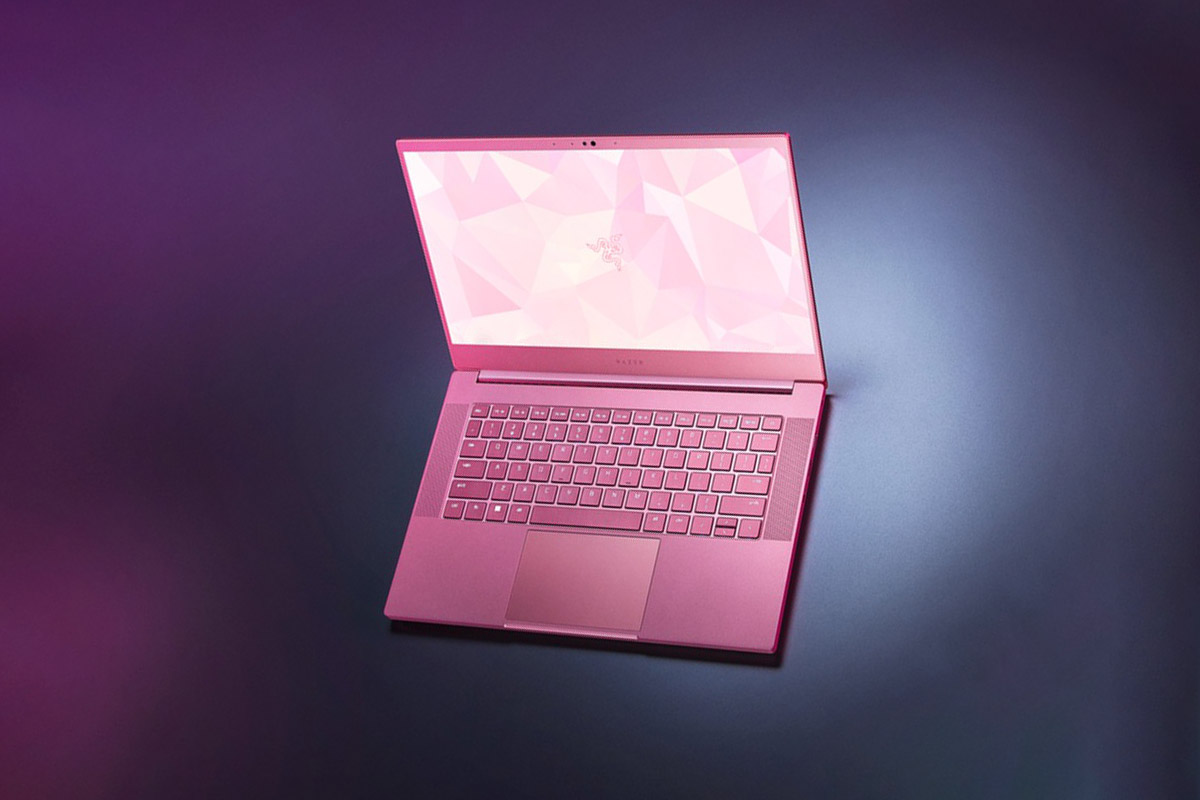
The highly-rated Razer Blade 14 laptop is now available in a brilliant quartz pink color, and it will definitely make you look twice. Priced from $2599.99 USD, it features a 14-inch QHD (2560 x 1440) display with a 165Hz refresh rate, an AMD Ryzen 9 6900HX processor, NVIDIA RTX 3070 Ti (8GB VRAM) graphics, 16GB of DDR5-4800MHz RAM, a 1TB PCIe Gen 4 SSD, and a 61.6WHr battery.
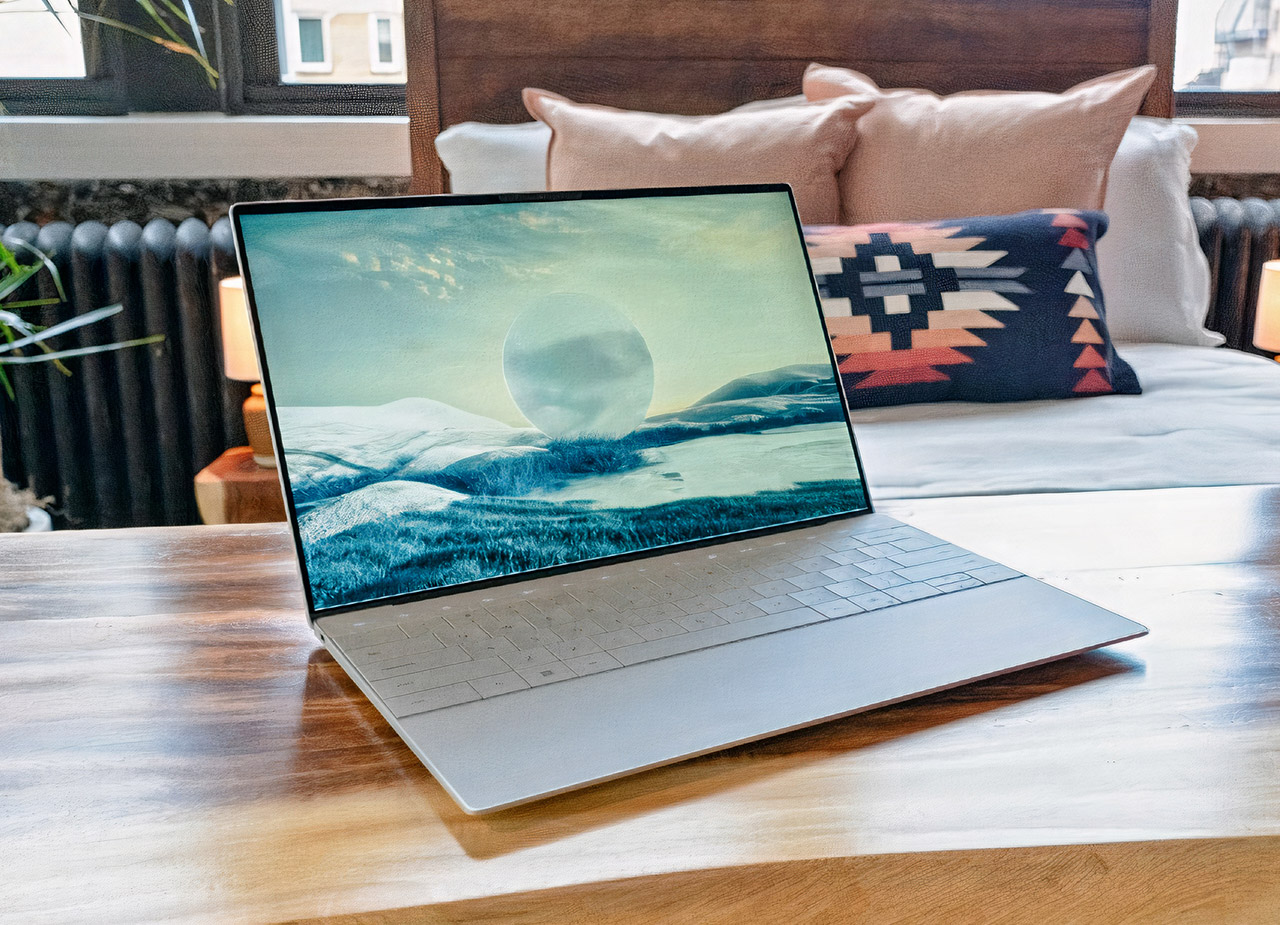
The all-new Dell XPS 13 Plus is the company’s most powerful yet, and despite its simple design, the laptop packs a very powerful punch. All of the unnecessary buttons and ports have been removed in favor of a streamlined experience, including Express Charge 2.0, which gets you to 80% battery in under an hour.
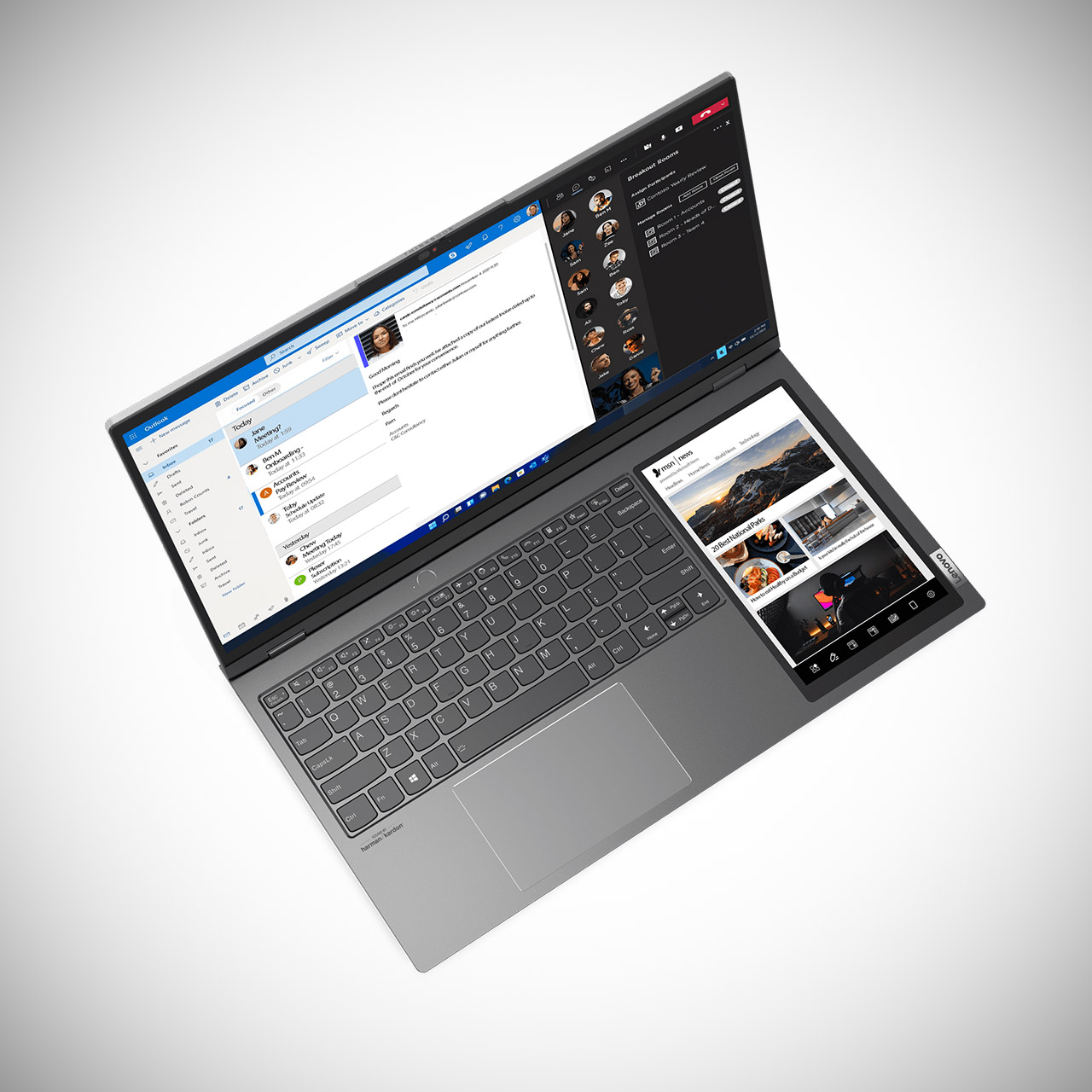
When one laptop display just won’t do, you could either connect an external panel or just use the Lenovo ThinkBook Plus Gen 3. It’s touted as the industry’s first 17.3-inch laptop with a built-in secondary 8-inch full color LCD display, which maximizes multi-tasking.
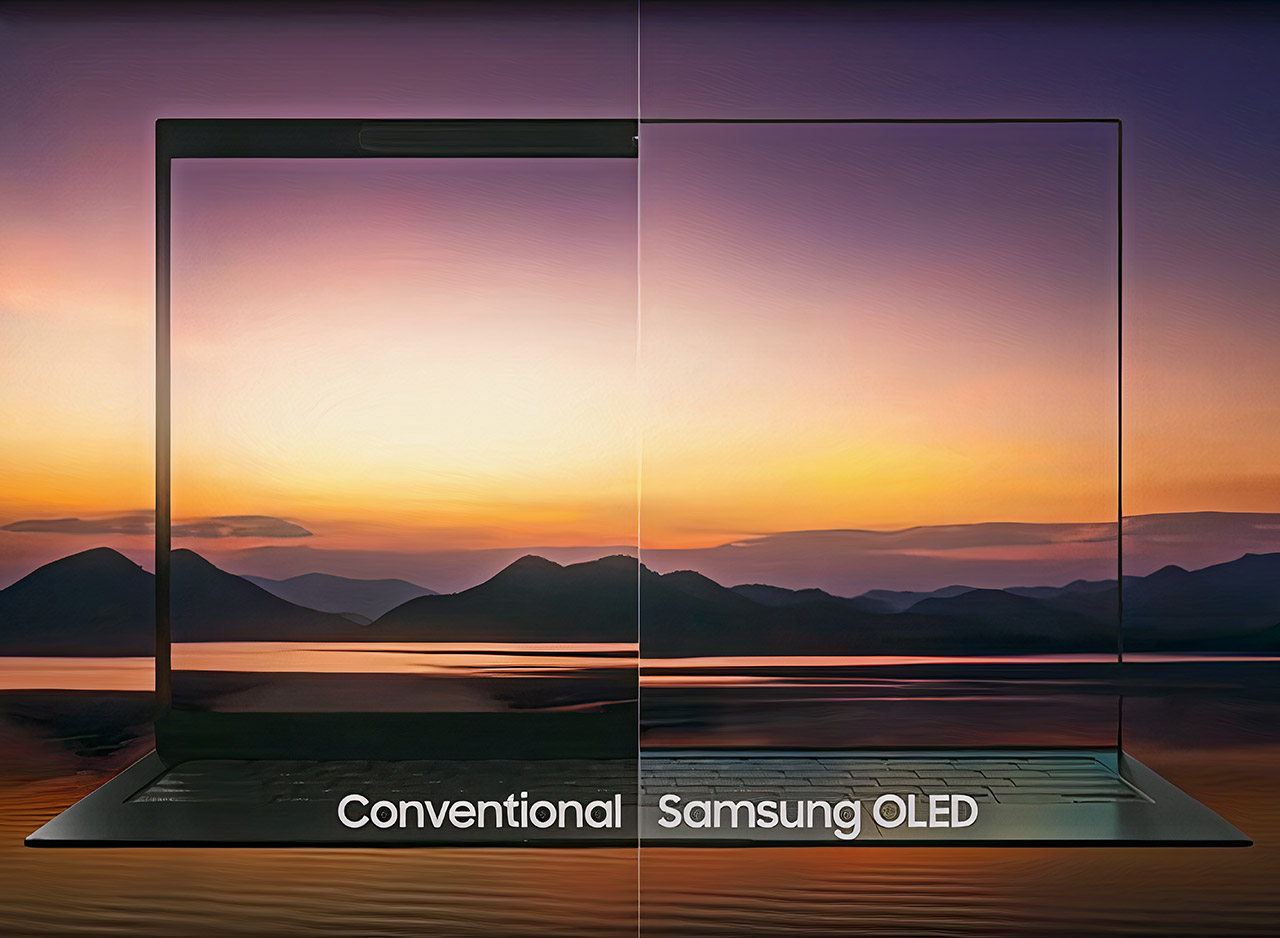
Want more screen real estate without having to lug around a large laptop? If so, then meet the Samsung Blade Bezel. Its main highlight is display has almost no bezel, thanks to a claimed 93% screen-to-body ratio. This is made possible with a new type of Samsung OLED display that incorporates an under-display camera, enabling the panel itself to measure in at just 1mm, while weighing a svelte 130g.
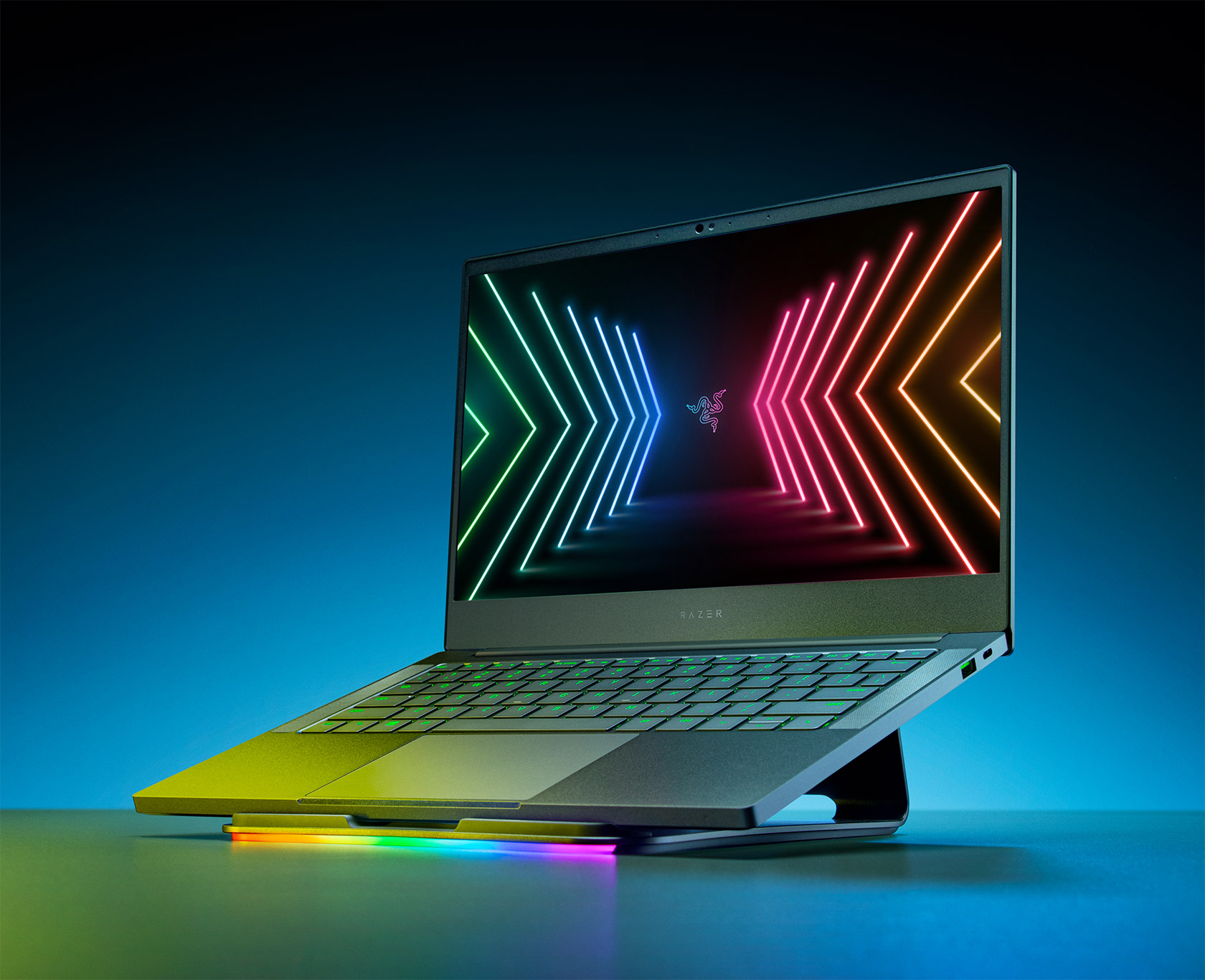
Razer’s Blade Stealth 13, touted as the world’s first gaming ultrabook, just got a few upgrades that boosts its performance even more. Available later this month, you’ll be able to configure it with an 11th-generation Intel Core i7-1165G7 processor, NVIDIA GeForce GTX 1650 Ti (Max-Q Design) graphics, 16GB of LPDDR4X 3733MHz RAM, and 512GB of internal storage, making it up to 2.7 times faster in content creation as well as over 20 percent faster in office productivity than its predecessor.

